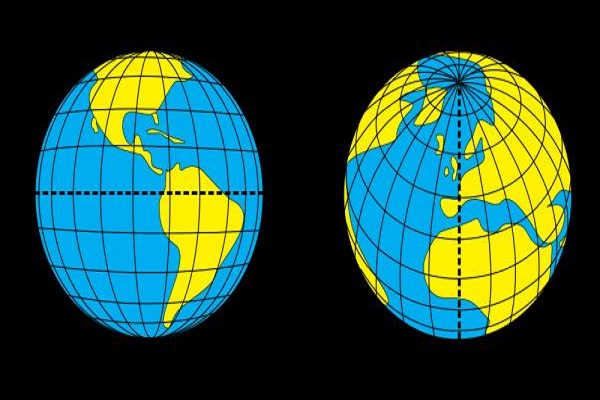Although the technology provides us with many new features that help us move easily and without losing ourselves, the map is still a useful tool to get around. Therefore, knowing how to use and read it is convenient to combat the lack of networking of your mobile phone or the non-functioning of the GPS.
On dldxedu.com, we explain how to read a map easily so you can make your trips and trips, and understand all the symbols. So we show you how to use a map to find your way.
 Before reading a map, know that there are different types
Before reading a map, know that there are different types
There are tourist maps, road maps, topographical maps for hikers, itinerary maps, and world maps, among others. Therefore, you must choose your card and make good use of it.
Learn to orient the map. In general, all maps point north up. Make sure that this is the case for you to be able to orient yourself. You can help the compass drawn in a corner of the map. If it is not represented, be aware that the north will always be on the top.
Understand the scale of the map
You have to remember that the card is an adaptation of reality to a smaller size. Therefore, the scale indicates the distance from the map in actual distance.
In general, you can find it on the lower side of all cards. There are different scales according to the map: to move on foot, by car, the map of the world, etc. You will find them all represented as follows: 1: 100,000, which means that a unit of the map (centimeters or millimeters) is equivalent to 100,000 real units.
Latitude and longitude
These two concepts are important to understand a map, especially if you are traveling long distances.
Latitude: distance in degrees north or south of Ecuador. It is represented by numbers on the side of the map.
Longitude: distance in degrees east or west of the Greenwich meridian. It is represented at the top or bottom of the map by numbers.
Read the contour lines
Each one represents the height above sea level. If they are close or separate, this means that the slope is more or less pronounced.
Legend
You will find it on the side of the map, it contains the symbols that represent each important data to understand the map. Normally you will see the following symbols:
Lines of different colors, sizes, continuous or discontinuous. They represent roads and roads.
Topography: the mountains are represented in brown or green. The intensity of the color varies according to the altitude. The darker the color, the lower the color and vice versa. Rivers, seas or other elements of water are indicated in blue, and forests, parks or natural spaces with vegetation appear in green.
The buildings are shown in gray or black
The boundaries of villages and towns are indicated by pink or pastel yellow lines, and the size of their names depends on the size of the population.
Now that you know all the elements that make up the map, find the point where you are. Identify your location on the map using the data it offers you.
You can also use the compass or other markers such as latitude and longitude, or reference points from where you are. Then, I identify your destination and draw the route on the map.
If your card has an index that complements its information, use it. It will help you understand what you are reading on the map.
To make your trip go well and avoid losing you, you can find the route and mark it on the map. Do it in pencil to not write definitively on your card.
Advice
Try to always follow the marked itinerary. Remember that if you decide to take shortcuts or faster paths, you will be disoriented and lose yourself.
If you find it necessary, take notes on the map. You can mark points of reference to help you remember and locate you more easily.


 Before reading a map, know that there are different types
Before reading a map, know that there are different types




